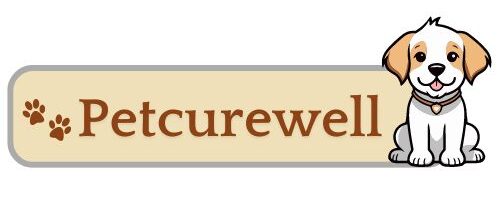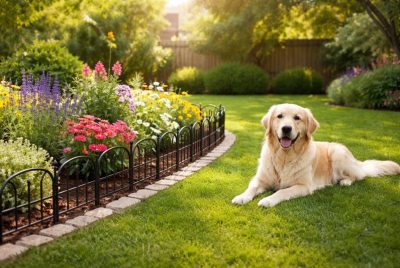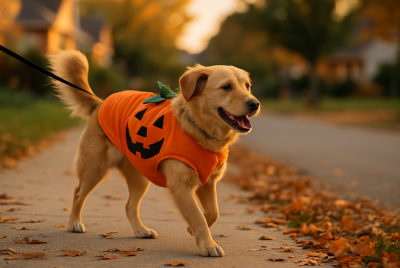Dog Grooming Tips for Fall: 5 Safe Products to Prevent Dry Skin & Irritation
We may earn a commission for purchases made using our links. Please see our disclosure for more details.
When the air turns crisp and the heat starts running, many pups trade summer shine for fall flakes. If you’ve noticed extra shedding, itchy hot spots, or paws that look a little cracked, you’re not alone. Seasonal shifts are hard on a dog’s skin barrier. The good news? With the right Dog Grooming Tips—plus a few gentle, proven products—you can keep your best friend comfortable, flake-free, and happy all season.
In this guide, we’ll walk through fall-ready grooming rituals that protect the skin, reduce itch, and strengthen the coat. You’ll get a friendly step-by-step plan, a research-backed section for extra confidence, and five safe Amazon picks to moisturize, soothe, and defend against irritation. Let’s make grooming a calm, bonding ritual—not a battle.
Tidy the Summer Coat Before Fall Hits
Think of this like resetting your dog’s coat for the cooler months. A thorough brush-out clears dead hair and dander, improves air flow to the skin, and prevents matting (mats trap moisture and can irritate skin). For heavy undercoats, plan extra de-shedding passes during seasonal sheds. Keep sessions short, calm, and treat-forward so your dog enjoys the routine.
Brush With a Purpose: Daily Micro-Sessions
Short, 5–10 minute brush sessions beat one long marathon. Try:
- Slicker brush for surface tangles and fluff
- Undercoat rake for those “snowfall” sheds
- Rubber curry for short coats and sensitive skin
Aim for daily during peak shed, or at least 3x/week. Gentle, regular brushing reduces friction on the skin and cuts down the itch-scratch cycle.
Bathe on a Fall Cadence (Not Too Much, Not Too Little)
Over-bathing strips natural oils; under-bathing leaves allergens and grime. Most dogs land between every 3–8 weeks, depending on coat and lifestyle. If your dog rolls in leaves, mud, or molds, bathe sooner—but keep water lukewarm and rinse longer than you think to avoid residue.
Choose a Fall-Friendly Shampoo (Oatmeal & Aloe Are Classics)
Look for soap-free, pH-balanced formulas with colloidal oatmeal and soothing botanicals like aloe. These calm irritated skin and help preserve natural lipids. If your dog has known sensitivities, stick to fragrance-light or fragrance-free.
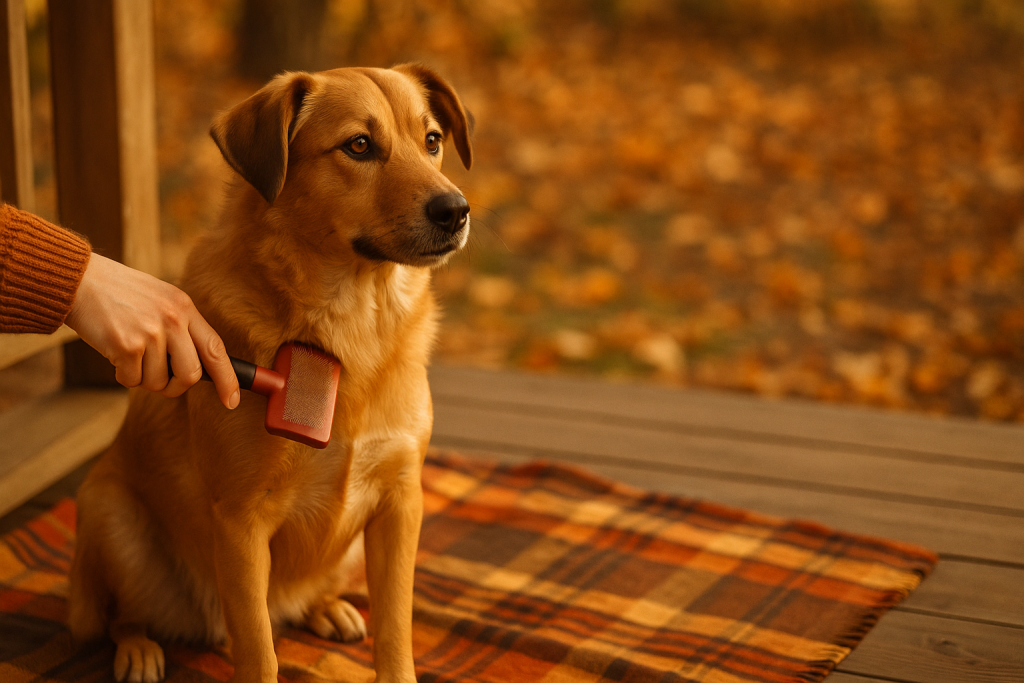
Add a Moisturizing Rinse or Leave-In Conditioner
Aloe, oat, or panthenol conditioners act like a light jacket for the skin—sealing in moisture after the bath. Leave-in sprays are great between baths or when the heater kicks on at home. Mist lightly, brush through, and let air-dry.
Protect the Paws (Leaves, Salt, & Sidewalks)
Fallen leaves trap moisture and microbes; cold sidewalks and early de-icers can dry and crack paw pads. Before walks, apply a thin layer of paw balm; after walks, wipe clean and reapply if needed. Think of paw balm as chapstick for toe beans.
Dry the Right Way (Towel + Low Heat)
Water that sits on skin can cause chills and irritation. Towel dry, then use a blow dryer on cool/low while brushing in the direction of hair growth. Keep the nozzle moving and your hand between coat and dryer to gauge heat.
Hydration Inside: Omega-3s to the Rescue
EPA/DHA omega-3s help ease skin inflammation and support the barrier from the inside out. Many pet parents notice improved coat gloss and fewer “itch spirals” after a few weeks of consistent use. Ask your vet about dosing if your dog has dietary needs.
Hydration Outside: Balance Your Home’s Humidity
If your lips chap, your dog’s skin is likely drying too. Aim for balanced indoor humidity and avoid blasting hot, dry air at your dog’s bed. A cool-mist humidifier near (not directly on) the sleep area helps maintain a comfy micro-climate.
Manage Allergens, Fleas & Mites (Yes, Even in Fall)
Allergens shift with fall molds and leaf litter. Keep up with parasite prevention; oral or long-lasting options are handy when you bathe more often. Combine prevention with clean living areas for best results.
Wash Bedding Weekly & Vacuum Strategically
Environmental hygiene matters for itchy dogs: wash bedding in warm, soapy water and vacuum corners/under furniture weekly to reduce flea, dust, and mold loads. Replace or deep-clean plush beds that trap dander.
Feed the Skin Barrier (Diet Matters)
High-quality proteins, essential fatty acids, vitamins, and minerals influence coat sheen and skin resilience. If dryness persists, talk to your vet about a skin-supportive diet or adding omega-3 fish oil.
Double-Coated Breeds: Trim? No—Brush!
Avoid close shaving on double-coated breeds; instead, de-shed and tidy. Shaving can disrupt insulation and may increase sun sensitivity. Focus on patient brush-outs and a light, even trim only where matting tends to form.
Short-Coated & Senior Dogs: Gentle Wins
Short coats show flakes easily; seniors often have thinner, drier skin. Use extra-mild shampoos, shorter bath times, and lukewarm water. Moisturizing leave-ins and soft microfiber towels are your friends.
Create a Fall Grooming Calendar
- Weekly: nail check, ear check, quick brush, bedding wash
- Every 2–4 weeks: bath + conditioner (adjust to your dog)
- Daily during sheds: brief brush + paw wipe
A simple rhythm beats heroic, once-in-a-while efforts.
When to Call Your Vet
Persistent flakes, redness, odor, hair loss, or sores can signal infections, seborrhea, allergies, or endocrine issues—conditions that need a vet’s eye. Early help prevents chronic discomfort.
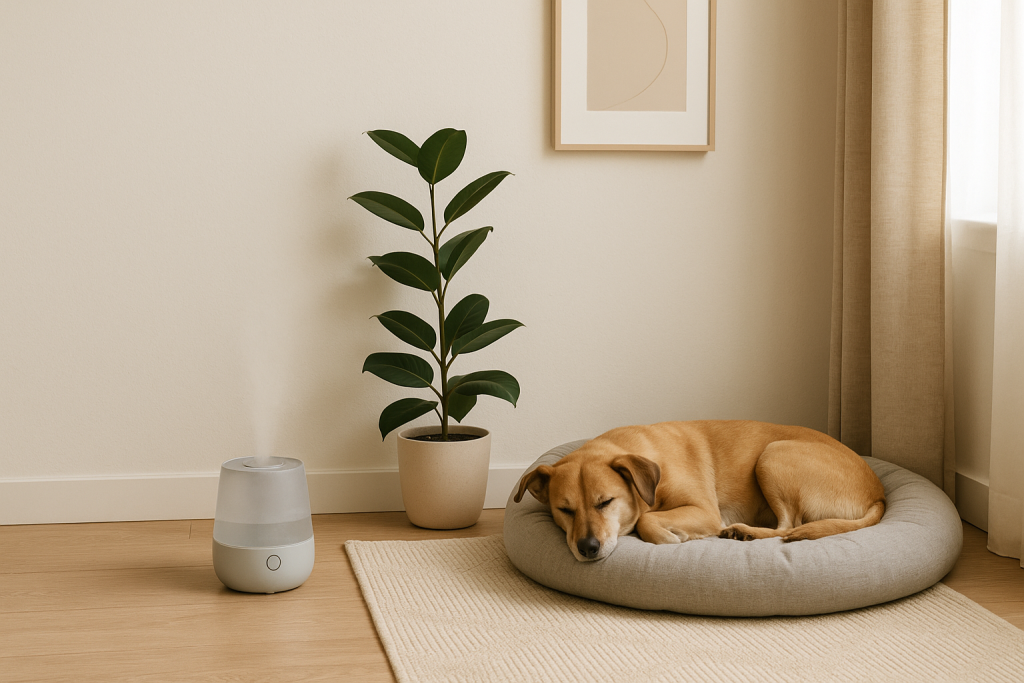
Safe Products to Prevent Dry Skin & Irritation (Amazon Picks)
Quick note: Always patch-test new topicals on a small area and chat with your vet if your dog has diagnosed skin conditions or is on medications.
Earthbath Oatmeal & Aloe Dog Shampoo (Soap-Free)
Best for: Sensitive, itchy skin that needs a gentle clean
Why it helps: Oatmeal calms; aloe soothes; soap-free preserves natural oils
Features: pH-balanced; no parabens/phosphates
Use cases: Monthly bath in fall; after muddy park days
Pros: Mild scent; rinse-easy; reduces post-bath scratching
Cons: Very heavy dirt may need a pre-wash
What pet parents say: “Less itching after bath,” “soft, plush coat”
Vet’s Best Moisture Mist Leave-In Conditioner
Best for: Between-bath hydration and static control
Why it helps: Aloe, vitamin B5, and humectants replenish lost moisture
Use cases: Daily light spritz in dry homes; post-walk brush-through
Pros: No rinse; fast relief; great for seniors and short coats
Cons: Over-spraying can weigh down fine hair
What pet parents say: “Immediate softness,” “less dandruff on dark coats”
Musher’s Secret Paw Protection Wax
Best for: Dry/cracked pads and sidewalk protection
Why it helps: Forms a breathable barrier; seals in moisture; guards against rough surfaces
Use cases: Before/after walks; leaf-litter hikes; early de-icer exposure
Pros: Non-messy once absorbed; a little goes a long way
Cons: Can be slippery on hardwoods until fully set
What pet parents say: “No more winter cracks,” “paws look healthier”
Wild Alaskan Salmon Oil (Omega-3s)
Best for: Itchy, flaky skin; dull coat; seasonal shedding support
Why it helps: EPA/DHA support the skin barrier and help calm inflammation; benefits build with steady use
Use cases: Daily topper (follow label/vet dosing)
Pros: Palatable; noticeable coat gloss with consistency
Cons: Oil can be messy—store carefully
What pet parents say: “Shinier coat,” “less scratching after a month”
FURminator Undercoat deShedding Tool
Best for: Double-coated breeds that “snow” in fall
Why it helps: Reaches loose undercoat to reduce shed tumbleweeds (and the itch from trapped hair)
Use cases: 2–4 gentle passes, several times a week during peak shed
Pros: Fast results; cuts down vacuum time
Cons: Heavy-handed strokes can irritate—use lightly and follow with a soft brush
What pet parents say: “Bag of hair in minutes,” “less daily shedding”
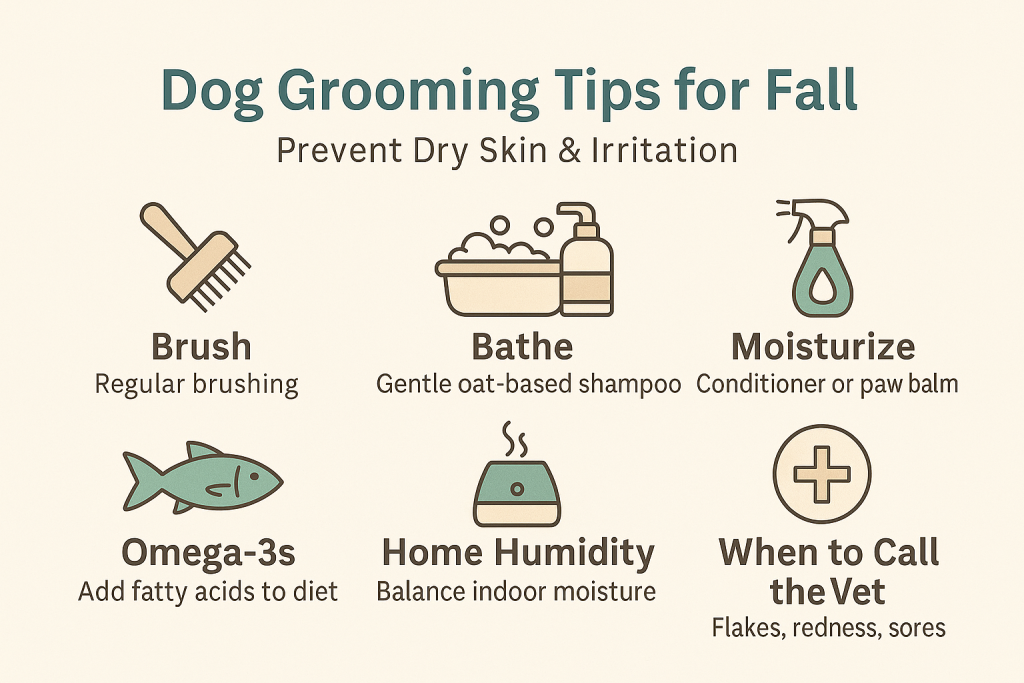
Side-by-Side Comparison
| Product | Best For | Key Features | Pros | Cons |
| Earthbath Oatmeal & Aloe Shampoo | Sensitive/itchy skin | Soap-free, pH-balanced, oatmeal + aloe | Gentle clean; reduces post-bath itch | May need pre-wash for heavy grime |
| Vet’s Best Moisture Mist | Daily moisture boost | Leave-in, aloe, panthenol | Quick hydration; no rinse | Can weigh down fine hair if overused |
| Musher’s Secret Paw Wax | Dry/cracked pads | Breathable protective barrier | Shields, conditions pads | Slippery until absorbed |
| Wild Alaskan Salmon Oil | Skin/coat from within | EPA/DHA omega-3s | Supports barrier; shinier coat | Oil can be messy |
| FURminator Undercoat Tool | Seasonal sheds | Targets undercoat | Big shed reduction | Over-brushing can irritate |
Story-Backed Confidence (Because You Care So Much)
A reader in a humid climate messaged me about her senior Aspin in Manila: fall meant drier indoor air from fans—and new flakes on a short coat. We added a monthly oatmeal shampoo, a twice-weekly leave-in spritz, salmon oil with dinner, and a small humidifier by the dog bed (not blowing directly). Within four weeks: less dandruff on black fur, fewer “midnight itches,” and a happier cuddle buddy. Your routine can be just as simple—and just as loving.
Try These Mini Challenges This Week
- The 7-Day Brush Streak: 5 minutes a day. Notice how much less your dog scratches by day 7.
- The Moisture Sandwich: Bath → conditioner → next-day leave-in. Check coat feel by day 3.
- The Paw Check: Before/after every walk, quick wipe + thin paw balm. Track pad softness.
🧪 Research-Backed Section (Quick & Clear)
- Bathing frequency is individual. Coat type, lifestyle, and skin sensitivity determine cadence; gentle, soap-free formulas and thorough rinsing help maintain natural oils. See AKC guidance on bathing frequency.
- Oatmeal & aloe for sensitive skin. AKC’s shampoo guidance explains why pH-balanced, soap-free formulas with colloidal oatmeal and soothing botanicals can calm mild itch and reduce post-bath dryness.
FAQs
How often should I bathe my dog in fall without drying the skin?
Most dogs do well with every 3–8 weeks, adjusted for coat type and lifestyle. Over-bathing can strip oils; use a gentle, soap-free shampoo and moisturize after.
What’s the fastest way to stop post-bath itching?
Use lukewarm water, rinse thoroughly, and follow with a moisturizing conditioner or leave-in. Towel + cool/low dryer while brushing helps prevent irritation.
Do I still need flea prevention when it’s cooler?
Yes. Fleas and mites don’t follow the calendar, and fall leaves can harbor pests. Choose a prevention plan appropriate for your dog and bathing routine.
Can omega-3 supplements really help my dog’s dry skin?
For many dogs, yes—EPA/DHA support the skin barrier and may reduce inflammatory itch, with benefits building over several weeks. Ask your vet about dosing and quality.
My dog’s flakes won’t quit—what else could it be?
Persistent dandruff may signal seborrhea, allergies, infections, or endocrine issues. Time to call your vet for a proper diagnosis and plan.
Helpful Resource
Want to keep trims smooth and skin-safe? Read this practical guide to choosing dog grooming clippers so you can cut cleanly without tugging or friction.
Make It a Bonding Ritual (You’ve Got This)
Grooming can be a chore—or a love language. A soft brush, a calm voice, a few treats, and choices that protect your dog’s skin barrier will transform fall from “itch season” into cozy cuddle weather. Start small: one brush, one bath, one balm. Your dog doesn’t need perfect—just consistent, gentle care from their favorite person.
